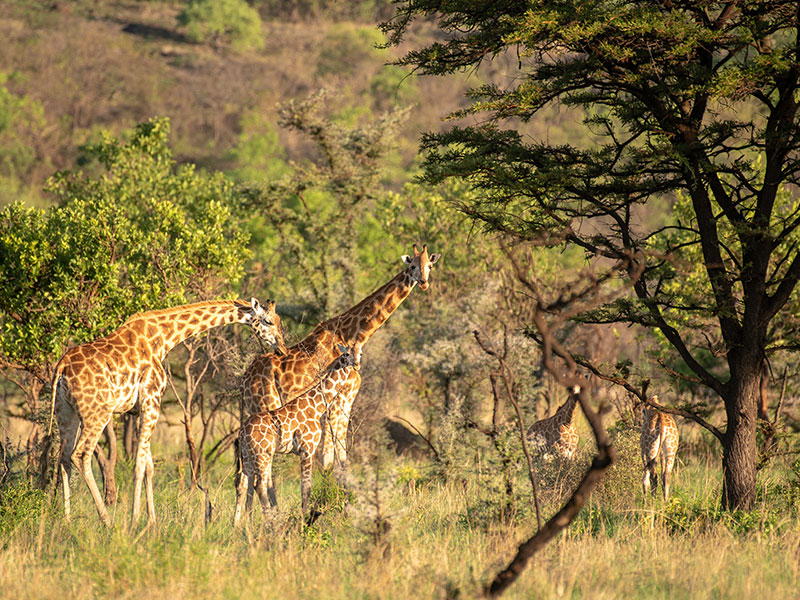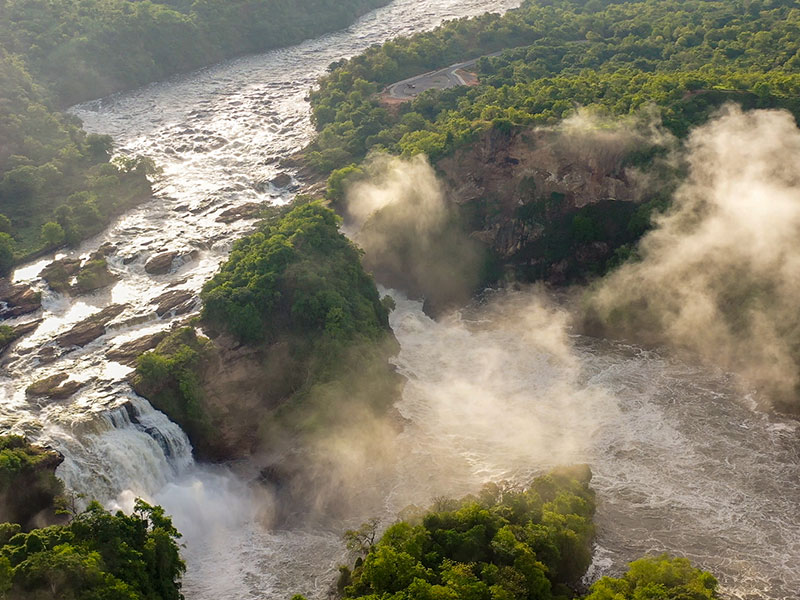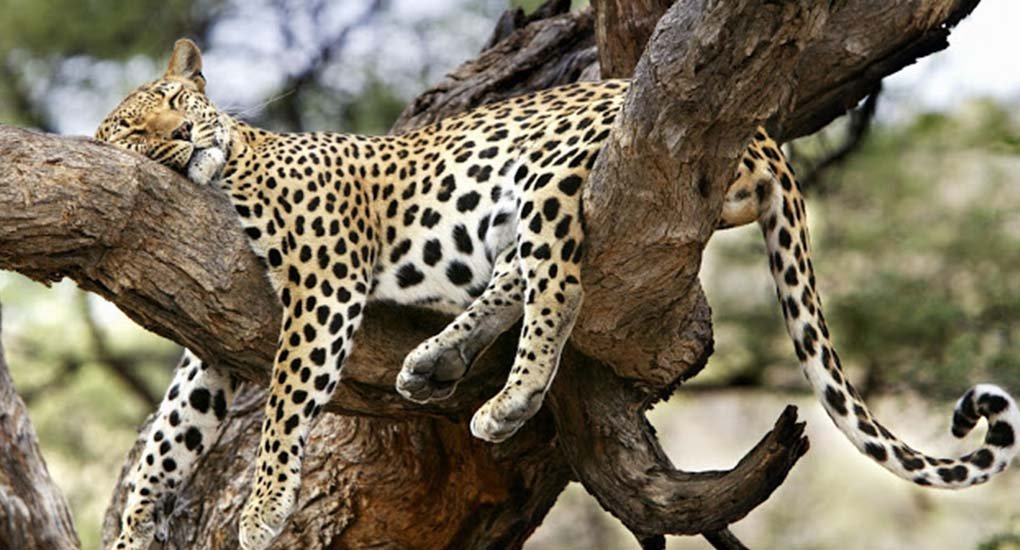Lions and Leopards in Murchison in Murchison Falls National Park
The chances of seeing lions and leopards can vary due to several factors, including wildlife behavior, habitat, and timing. Lions and leopards are among the park’s elusive predators, adding an element of excitement and anticipation to safaris. Here’s a breakdown of the chances to spot these big cats:
Lions:
- Murchison Falls National Park is home to a population of lions, primarily residing in the savannah grasslands and wooded areas.
- Lions typically prefer hunting during the cooler parts of the day, particularly in the early mornings or late afternoons. Game drives during these times increase the likelihood of lion sightings.
- While lions are present in the park, their numbers are not as high as in some other African reserves. Thus, sightings might not be as frequent, and patience is often required.
- The park rangers and guides are knowledgeable about lion territories, increasing the chances of locating prides, especially in known areas where lions tend to roam.
Leopards:
- Leopards are more elusive and solitary compared to lions. They inhabit wooded areas, riverine forests, and dense bush, camouflaging themselves expertly within the vegetation.
- The chances of spotting leopards are relatively lower due to their secretive nature and excellent camouflage skills. However, they can occasionally be seen resting on tree branches or moving stealthily through the dense foliage.
- Guided night drives, where permitted, might offer better opportunities to spot leopards as they tend to be more active during the night, hunting under the cover of darkness.
While Murchison Falls National Park does host lion and leopard populations, sightings are not guaranteed. Visitors should keep in mind that wildlife sightings, especially of these elusive big cats, depend on various factors such as luck, timing, and the animals’ behavior during the time of visit. Engaging experienced guides and rangers, exploring different areas of the park, and being patient during game drives can enhance the chances of encountering these magnificent predators in their natural habitat.











